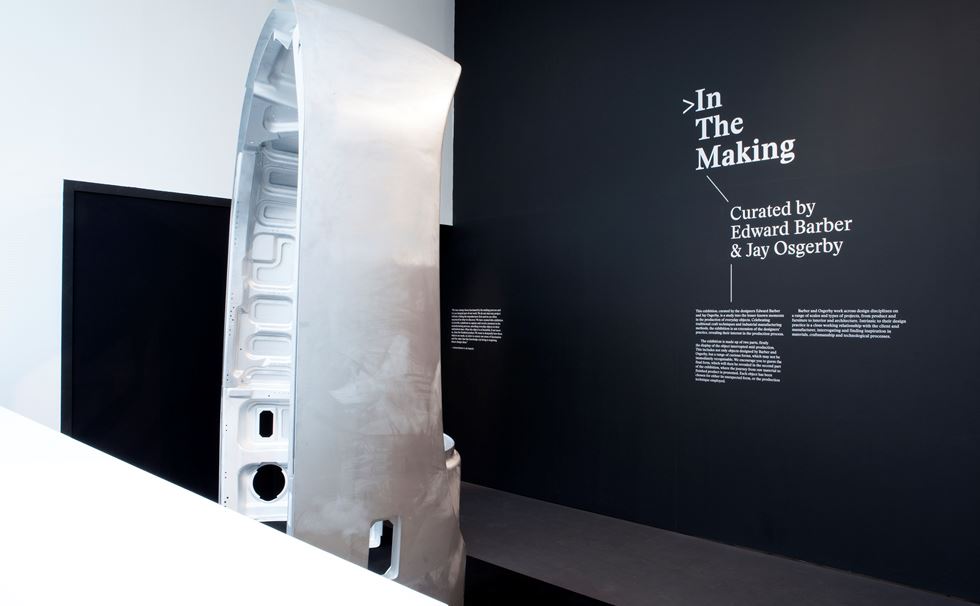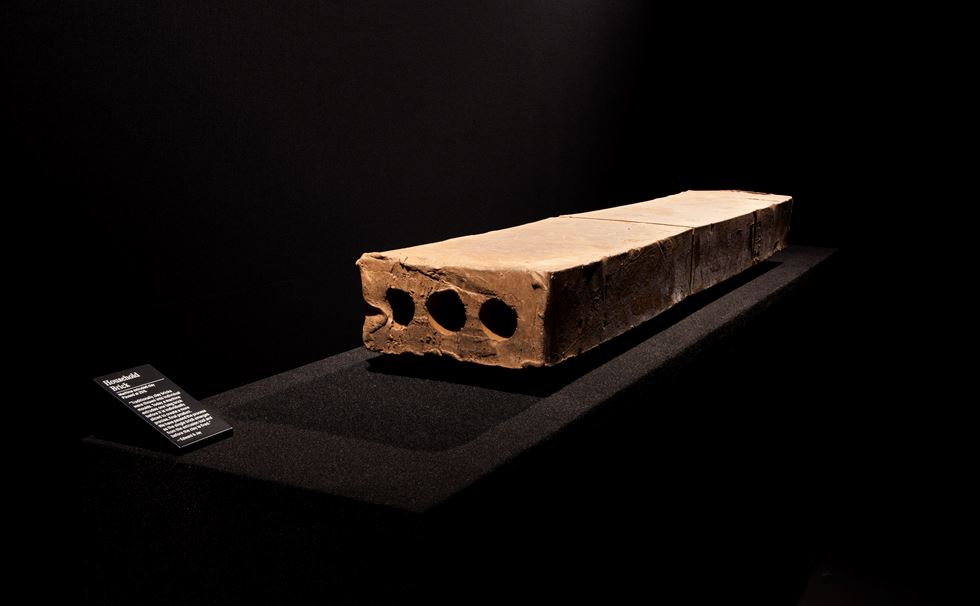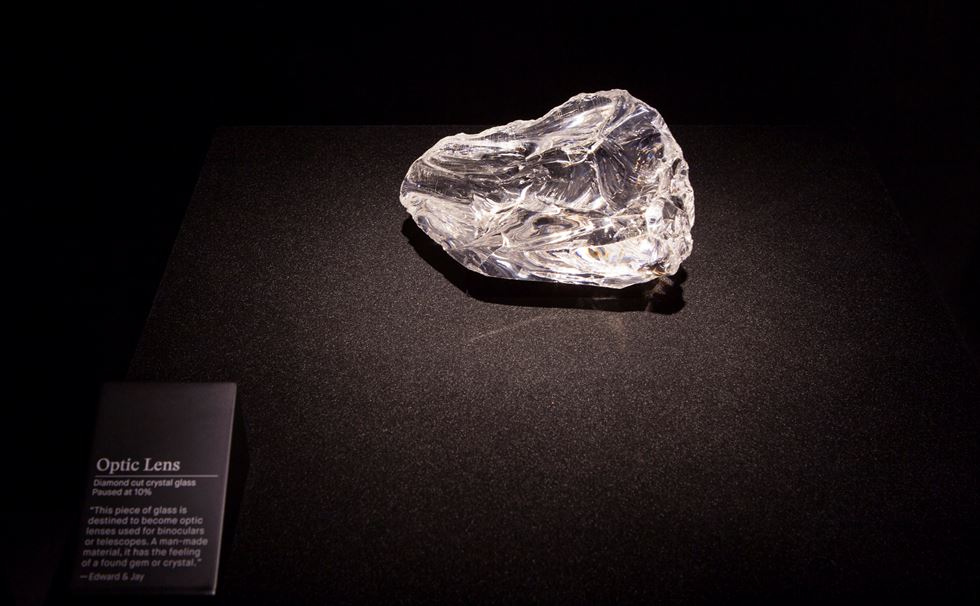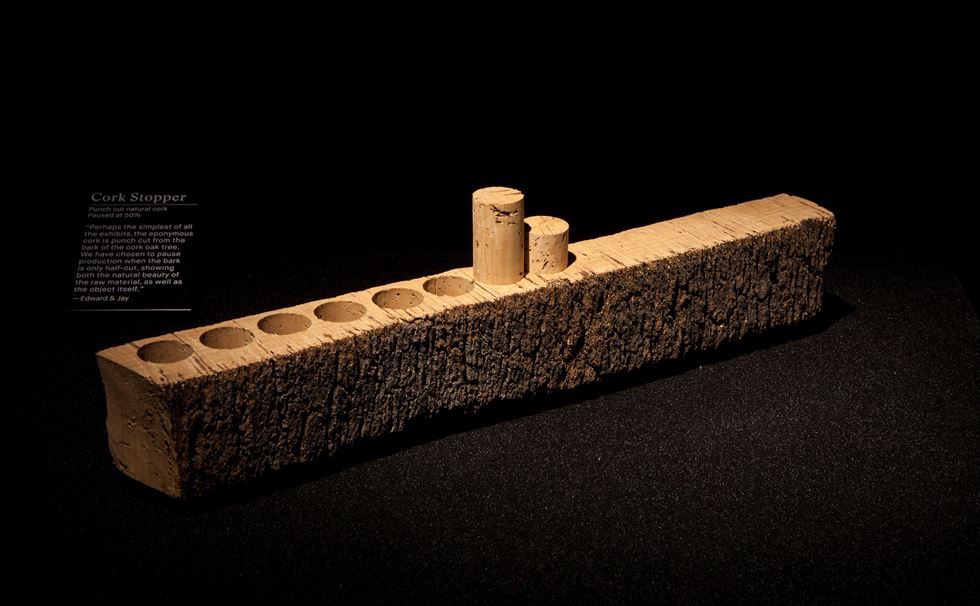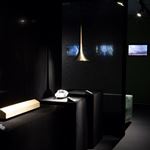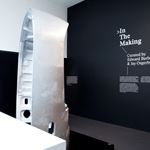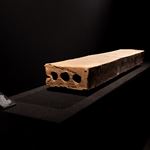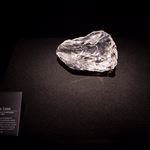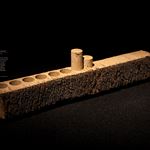Profile
Barber and Osgerby
Edward Barber and Jay Osgerby founded their eponymous studio in 1996 after graduating with Master’s degrees in Architecture from The Royal College of Art in London. From their first studio in Trellick Tower in London, Barber and Osgerby designed their first piece, the Loop Table, produced by Isokon in 1997. The table brought them to the attention of Guilio Cappellini and hailed the beginning of a long working relationship with the renowned Italian furniture producer.
Much of Barber and Osgerby’s early work involved the folding and shaping of sheet material, influenced by the white card that they had used frequently in architectural model making. Plywood and perspex were used in the development of the Pilot Table, 1999, and Stencil Screen, 2000. The experimental Hula Stool, 2001, originated from sheet plywood, reassembled to create complex, compound curves. The Shell Table, 2002, (nominated for the Compasso d’Oro) and Shell Chair, were further structural studies in plywood.
In 2002 the pair were asked to design furniture for Portsmouth Cathedral in England and in 2004 were awarded the Jerwood Applied Arts Prize. This led to a commission to design new pieces for the De La Warr Pavilion in Bexhill On Sea. One of the resulting pieces, a die cast aluminium chair is now in the collection at the Victoria & Albert Museum in London.
The Zero-In table was produced by British company, Established & Sons, in 2005 as part of their launch collection. The table employed car industry techniques in its construction, never before used in the furniture industry. In 2007 Barber and Osgerby were commissioned to design the furniture for the reception of the Royal Institute of British Architects in Portland Place. They were made Royal Designers for Industry by the Royal Society of Arts in the same year.
The limited edition Iris tables were created in 2008 for the Established & Sons gallery. Known for their use of colour, with Iris Barber and Osgerby developed a new direction, using colour as the starting point for the work. The same year saw the launch of Tab for Flos, a return to the folded form, and in 2009, Barber and Osgerby launched their first major commission for Murano glassmakers, Venini. This resulted in a series of unique, large-scale glass vases, created in limited editions and shown in Milan, Porto Cervo and London.
2010 saw the creation of an investigational installation at the Milan Salone del Mobile Internazionale and an exploration into experimental objects and environments. The installation was an immersive, anechoic space engineered to eliminate ambient sounds and concentrate the senses on the soundscape created by the designers through prototype speaker lights. These objects explored and exploited Sony’s new innovations in sound technology to transform ordinary materials into sound-emitting objects.
The Tip Ton chair and Map table were launched at the Salone del Mobile Internazionale in Milan in 2011 in collaboration with Vitra, Switzerland. The project arose from an investigation into school furniture and how dynamic movement in a chair can aid concentration. The first monograph of the work of Barber and Osgerby was published in May 2011 by Rizzoli New York. Shortly before, Barber and Osgerby were commissioned by The London Organising Committee of the Olympic and Paralympic Games (LOCOG) to design the London 2012 Olympic Torch. This design won the Design Museum’s Design of the Year award in 2012.
From 2 January 2014 – 5 May 2014, Edward Barber and Jay Osgerby curated In the Making an exhibition about the secret life of cricket bats, felt hats, shoes, boots, marbles, light bulbs, whistles, pencils, coins, horns, lenses and Olympic torches.
In The Making captured twenty four objects mid-manufacture, putting the aesthetic of the unfinished centre stage. Varying from the £2 coin to a cricket bat, a surprising range of objects were chosen to be exhibited in an incomplete state, celebrating the intriguing beauty of the production process.
The show gave a glimpse of the designers’ ongoing dialogue with the manufacturing process. This perspective is distinctive to their practice: throughout their careers, Edward and Jay have had a curiosity about the way things are made.
‘We curated an exhibition that will provide a platform to capture and reveal a frozen moment in the manufacturing process and unveils an everyday object in its unfinished state. Often the object is as beautiful, if not more so, than the finished product. There is also the chance people will come in and say 'What a load of old crap.' Jay Osgerby.
Barber and Osgerby’s research-led practice has developed collections for Cappellini, Magis, Vitra, Venini, Swarovski, Flos and Established & Sons, whilst also producing edition furniture and one-off works for both private and public commissions. Both professors of design, Barber and Osgerby have lectured internationally and hosted workshops at Ecal, Switzerland and the Vitra Design Museum. Their work is held in permanent collections around the world including the V&A Museum, London; the Metropolitan Museum of Art, New York; the Design Museum, London; the Art Institute of Chicago and the Indianapolis Museum of Art.
In 2016, Barber and Osgerby represented the UK at London's 1st Design Biennale with their installation Forecast. Alongside design installations from over 35 other nations, Forecast responded to the inaugural Biennale’s theme ‘Utopia by Design’.



